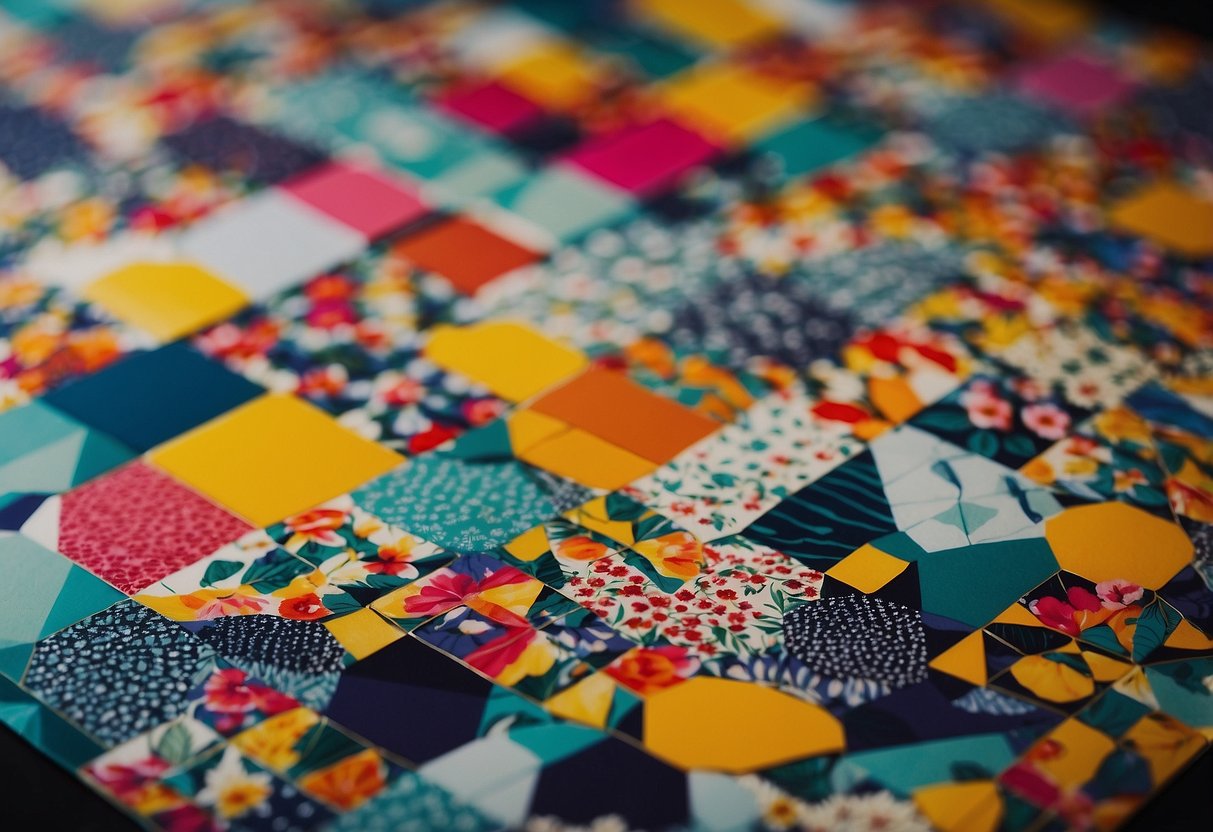
Mixing prints and patterns can elevate any wardrobe, adding depth and personality to your outfits. The key to mastering this art is to start with complementary colors and varying scales. By choosing patterns that share a common color palette, you can effortlessly create a cohesive and eye-catching look.
Don’t be afraid to experiment with different textures and design elements. Incorporate stripes with florals or plaids with polka dots to create a bold statement. Layering different patterns can also add a surprising dynamic to your style, making your ensemble stand out.
Confidence is essential when mixing prints and patterns. Trust your instincts and have fun with your choices. Mixing patterns doesn’t have to be intimidating; it’s about finding a balance that reflects your unique taste and personality.
Understanding Prints and Patterns
Prints and patterns are integral to creating a stylish and dynamic wardrobe.
Prints refer to any design that’s printed on fabric, such as florals, animal prints, and geometric shapes. Patterns include designs woven into the fabric, such as stripes, plaids, and herringbone.
Both prints and patterns play an important role in fashion, adding visual interest and personality to outfits.
Color theory enhances the use of these elements. Complementary colors, found opposite each other on the color wheel, create striking contrasts. Analogous colors, located next to each other, offer a harmonious blend.
Choosing the right color combinations can elevate a look and make mix-and-match efforts more seamless.
Different prints and patterns can create various style statements. Florals often convey a feminine vibe, while animal prints suggest boldness. Stripes and plaids are more versatile and can fit into both casual and formal settings.
Mixing these elements thoughtfully can help achieve a balanced and cohesive look.
Key to mastering prints and patterns is proportion and scale. Large prints can be overwhelming if overused; smaller patterns can act as subtle accents. Balancing scale ensures that no single piece dominates the outfit, maintaining harmony.
By understanding the nuances of prints, patterns, style, and color theory, one can effortlessly integrate these elements into their wardrobe, achieving a confident and impactful fashion statement.
The Basics of Mixing Prints
Mixing prints can be an exciting way to express personal style. One foundational guideline is to begin with classic patterns like stripes or polka dots. These designs pair well with many other prints and serve as a good starting point.
When combining prints, consider the scale. Pair a larger pattern with a smaller one to create a balanced look. For example, large floral prints can complement smaller stripes or polka dots effectively.
Color coordination is also crucial. Ensure that the prints share at least one common color to maintain cohesion. This helps in making the different patterns look harmonious rather than chaotic.
Another tip is to treat stripes as a neutral. Stripes can anchor bolder prints, making the overall ensemble look more put together. Vertical stripes can elongate the body, while horizontal stripes can add width, so choose based on your styling needs.
Polka dots are versatile and playful. They can mix beautifully with florals, animal prints, or even geometric patterns. When mixing polka dots, vary the size to keep the look dynamic yet cohesive.
Limit the number of prints in a single outfit to avoid overwhelming the eye. Typically, sticking to two or three prints is ideal. This keeps the look bold without being overly busy.
Experimenting with different textures can also add dimension to the mixture of prints. For instance, pairing a silk polka dot blouse with a cotton striped skirt can create an interesting contrast.
Confidence is the key to pulling off mixed prints. Wearing the styles with conviction helps in making the combination appear intentional and stylish.
